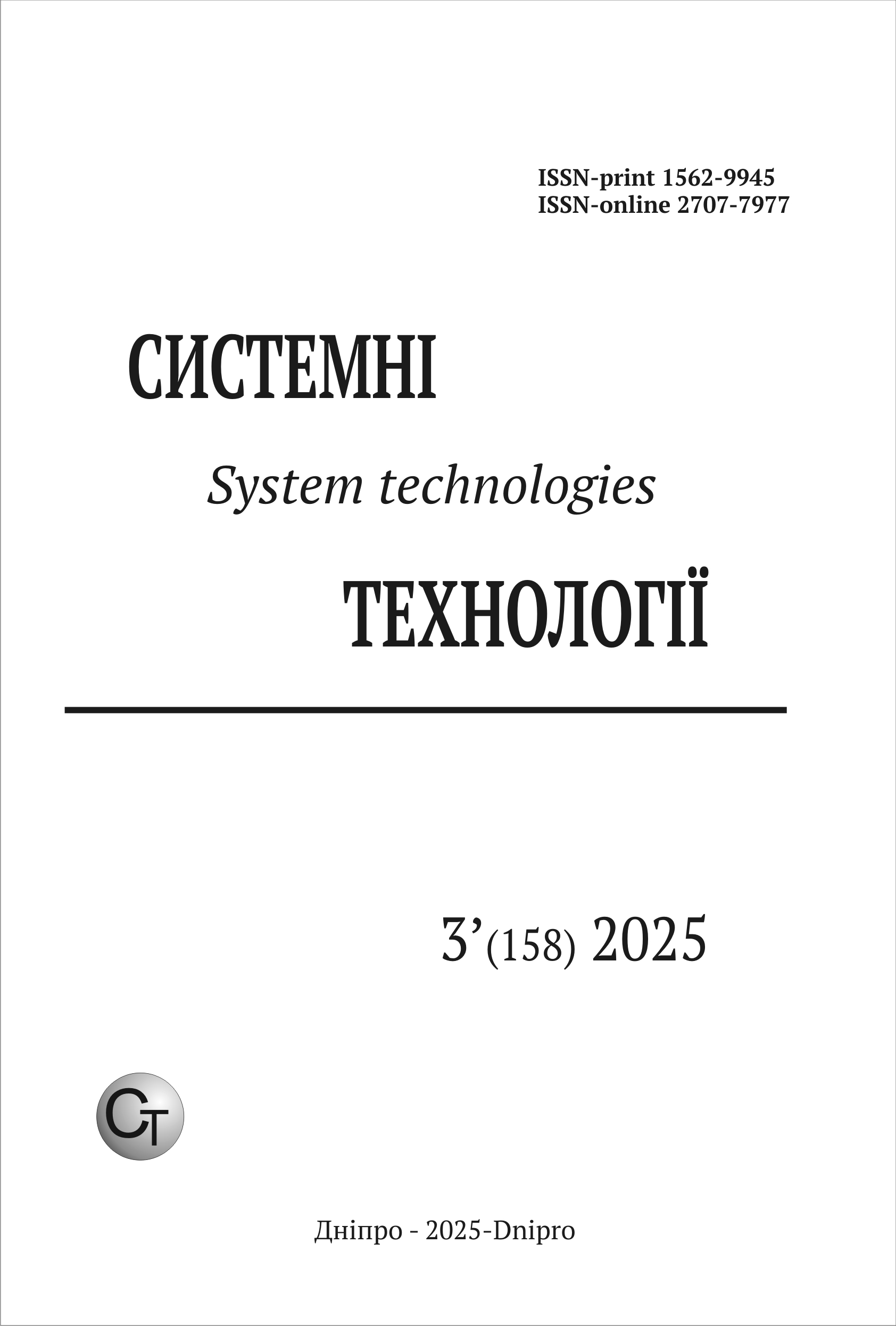HYBRID MODELING OF EEG: THE FITZHUGH-NAGUMO-LORENZ MODEL
DOI:
https://doi.org/10.34185/1562-9945-3-158-2025-09Keywords:
EEG, FHN, FHNL, Lorenz system, neural network, modeling, parameter optimization, MATLAB.Abstract
The paper presents a method of modeling electroencephalographic (EEG) signals using a hybrid biophysical model that combines the FitzHugh-Nagumo dynamics and the chaotic Lorentz system. A comprehensive approach to optimizing the model parameters based on neural networks is developed, which automatically adjusts the parameters to maximize the fit to real EEG data. The proposed model demonstrates the ability to reproduce the charac-teristic features of EEG signals, including the main rhythms and the corresponding spectral characteristics. An interactive software tool developed in MATLAB provides a convenient in-terface for use. The results demonstrate the potential of this approach for both neuroscientific research and clinical applications in the diagnosis and modeling of pathologies.
References
Najafi, T., Jaafar, R., Remli, R., Zaidi, W. A. W., & Chellappan, K. (2022). A Computa-tional Model to Determine Membrane Ionic Conductance Using Electroencephalography in Epilepsy. Physical Sciences Forum, 5(1), 45. https://doi.org/10.3390/psf2022005045.
Vo, K., Vishwanath, M., Srinivasan, R., Dutt, N., & Cao, H. (2022). Composing Graphical Models with Generative Adversarial Networks for EEG Signal Modeling. ICASSP 2022 - 2022 IEEE International Conference on Acoustics, Speech and Signal Processing (ICASSP), 1231–1235. https://doi.org/10.1109/icassp43922.2022.9747783.
Seo, H., & Jun, S. C. (2017). Multi-Scale computational models for electrical brain stimu-lation. Frontiers in Human Neuroscience, 11. https://doi.org/10.3389/fnhum.2017.00515.
Zhao, S., Li, W., Wang, X., Foglia, S., Tan, H., Zhang, B., Hamoodi, A., Nelson, A., & Gao, Z. (2024). A Systematic review of Machine learning methods for Multimodal EEG data in Clinical application. arXiv (Cornell University).
https://doi.org/10.48550/arxiv.2501.08585.
Basak, M., Maiti, D., & Das, D. (2024). EEG Innovations in Neurological Disorder Diag-nostics: A Five-Year Review. Asian Journal of Research in Computer Science, 17(6), 226–249. https://doi.org/10.9734/ajrcos/2024/v17i6470.
Inkin O.A., Pogorelov O.V. (2024). OA, I., & OV, P. (2024). Modeliuvannia EEG za do-pomohoiu hlybokykh neironnykh merezh [Modeling of EEG using deep neural networks]. System Technologies, 3(152), 57–68. https://doi.org/10.34185/1562-9945-3-152-2024-06 [in Ukrainian].
Belozyorov V. Y., Inkin O. A. (2023). Systems of singular differential equations as the ba-sis for neural network modeling of chaotic processes. Journal of Optimization, Differential Equations and Their Applications, 31(2), 24. https://doi.org/10.15421/142309.
Belozyorov, V. Y. (2016). A novel search method of chaotic autonomous quadratic dy-namical systems without equilibrium points. Nonlinear Dynamics, 86(2), 835–860. https://doi.org/10.1007/s11071-016-2927-6.
Belozyorov, V.Y. (2018). On novel conditions of chaotic attractors existence in autono-mous polynomial dynamical systems. Nonlinear Dynamics, 91, 2435-2452.
Downloads
Published
Issue
Section
License
Copyright (c) 2025 System technologies

This work is licensed under a Creative Commons Attribution 4.0 International License.















